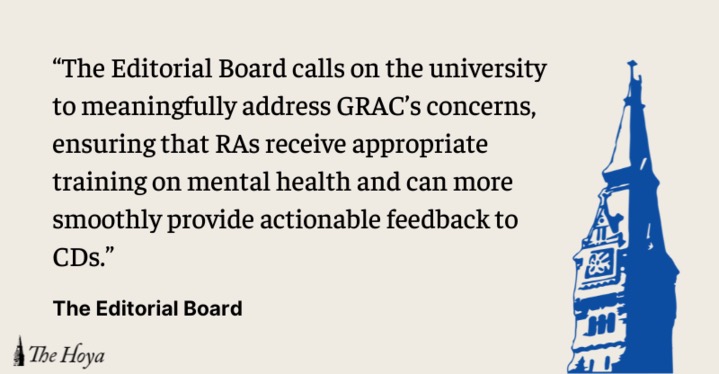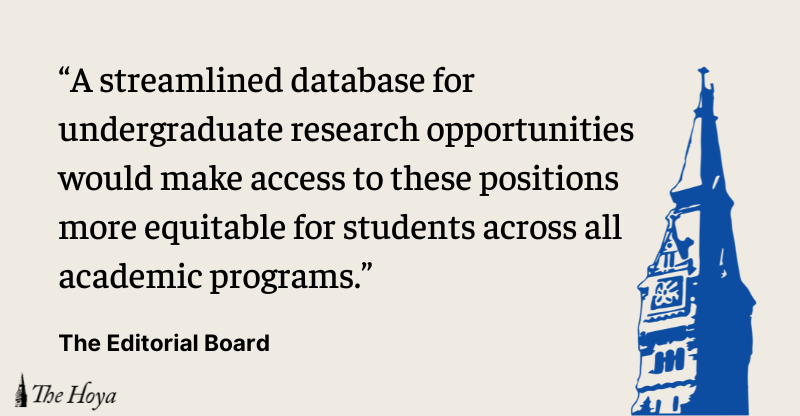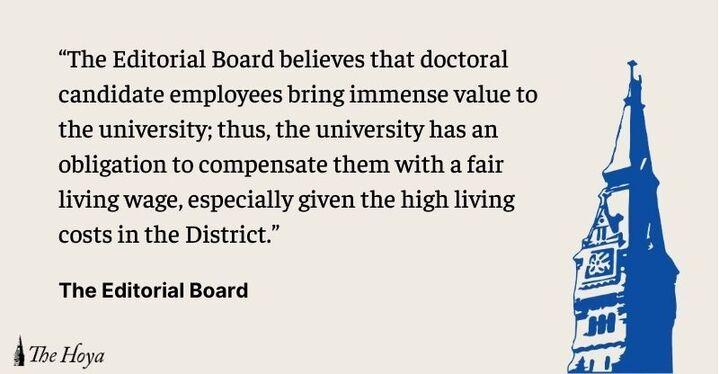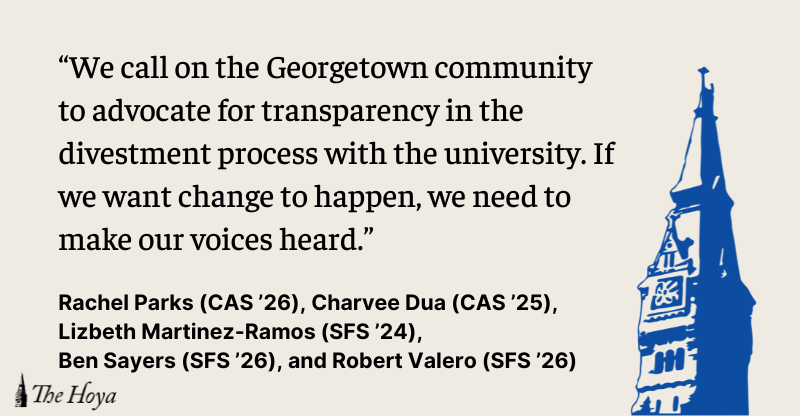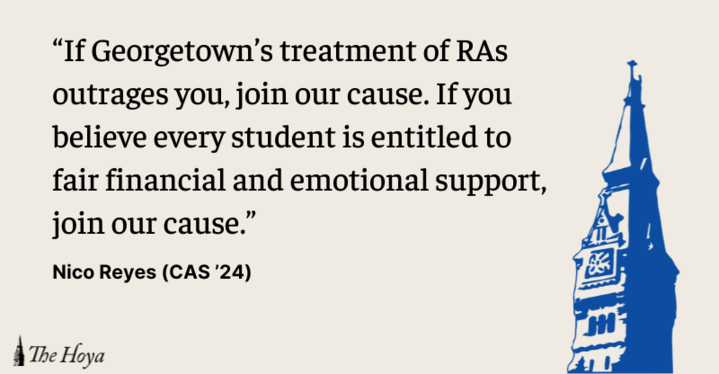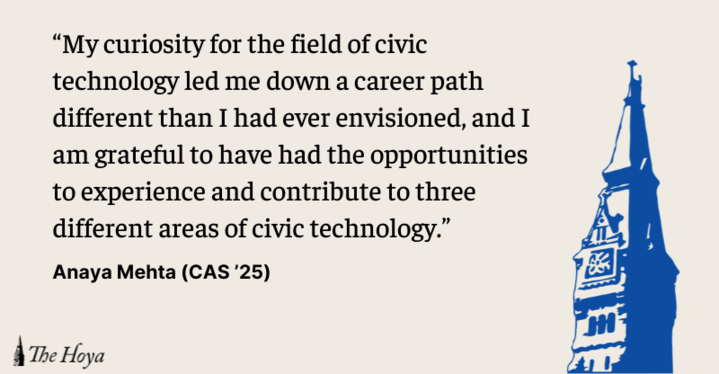Since President-elect Donald Trump was elected three weeks ago, the country has seen an uptick of incidents of violence and intimidation toward minority communities. Within 10 days of Trump’s victory, the Southern Poverty Law Center documented 867 hate incidents, more than 300 of which involved perpetrators who explicitly invoked Trump’s name. In addition there have been bias-related incidents involving members of our community.
On Nov. 1, GUPD sent out an email saying there was an incident of an assault against a student in an off-campus hate crime, documented by the Metropolitan Police Department. Vice President for Student Affairs Todd Olson also explained in an email on Nov. 17 that two bias-related incidents were filed by students, one in which a student was spit on, allegedly because of his Asian descent, the report says, while another was shoved to the ground and told to take off a scarf she was wearing that was similar to a hijab.
In light of Trump’s inflammatory rhetoric toward ethnic and religious minorities, we must find ways to support students and efficiently address bias- and hate-related incidents within the Georgetown community. Both administrators and student groups must take measures to foster an inclusive and accepting environment for groups vulnerable to discrimination, or risk diminishing our university’s values of dignity and respect.
Students need to continue having a conversation on the issues at hand after the intense emotion of the postelection period dies down. To grapple with the problems of bias-related incidents our community and country are facing, all students need to take a more active role in finding the best ways to address and confront incidents of bias and hate through student- and university-led initiatives.
Next year’s New Student Orientation should schedule a program that educates incoming students about the best ways to confront incidents of bias and hate in our community and the various resources available to address these incidents, such as the Bias Reporting System, GUPD and the Center for Multicultural Equity and Access.
In addition, there is great value in training members of the community to recognize bias incidents and confront them. The Center for Student Engagement requires leaders of student groups and other faculty to be trained in bystander intervention by Health Education Services. Administrators, students and departments certainly have the capacity and resources now to develop possible training sessions that will educate fellow peers on what bias incidents look like and how to address them.
Ultimately, addressing incidents of bias and hate in the community has no single policy solution and must be an ongoing effort that includes activism and programs modeled after already existing initiatives. Students must do their part to not only stand by those peers affected by such incidents, but also to confront hate and intolerance with activism, agency and cooperation. It can only be through collective efforts as one community that we can ensure Georgetown stands in solidarity for students during decidedly uncertain times.




